Retro Replay Review
Gameplay
Halls of the Things greets players with a deceptively simple premise: navigate a multi-level tower, collect treasure, and fend off lurking dangers. From the moment the hero steps into that long hallway with seven doorways, it’s clear that each playthrough offers something new. The tower’s layout is randomly generated, so exploration never feels stale. Whether you choose the easier, more spacious upper levels or dare to delve into the cramped, monster-infested lower floors, the game keeps you on your toes.
The core mechanics balance exploration, combat, and resource management. As you wander the corridors you’ll find glittering piles of loot and glowing elixir bottles. Treasure adds to your fortune while elixirs are crucial for restoring your magic power, which fuels your strongest spells. Combat relies on quick reactions: you wield both sword and bow, each with its own strategic use. Melee combat is essential for close-quarters threats, whereas your bow lets you chip away at distant foes or deal with tricky ambushes.
True to its design lineage—echoing the engine and style that would later appear in The Warlock of Firetop Mountain—Halls of the Things demands both planning and improvisation. Monsters known as “The Things” lie in wait, some cleverly disguised as harmless objects. Your survival hinges on sharp observation and knowing when to draw your weapon or retreat. The random dungeon generator ensures you never know which corridor hides a mimic or a treasure trove, giving the game high replayability.
As the difficulty ramps up, you’ll need to master magic spells which range from healing charms to offensive enchantments. Casting spells drains your magic meter, making those elixir bottles invaluable. The synergy between swordplay, archery, and spellcasting keeps gameplay varied, and encourages players to adapt their strategy on the fly. Whether you’re a looter striving for riches or a daredevil seeking to conquer the tower’s depths, Halls of the Things delivers a dynamic, challenging experience.
Graphics
Visually, Halls of the Things embraces the distinctive 8-bit palette and sparse tilework of early home computer classics. While simplistic by modern standards, the pixel art conveys a clear, functional representation of your surroundings. Characters, doors, and monsters are rendered with enough detail to be immediately recognizable, while the limited color schemes enhance the game’s eerie, dungeon-crawl atmosphere.
The random level generator doesn’t just affect gameplay—it also yields visually varied environments. One run might have you navigating deep blue corridors dotted with red treasures, while the next features greenish walls contrasted by black doorways. This visual variety helps prevent the dungeon from feeling monotonous and sustains a sense of discovery as you progress through each randomly drawn level.
Monsters termed “The Things” change their appearance depending on how far down you’ve ventured. Early foes are small, blocky creatures, while later enemies adopt more menacing silhouettes. Occasional visual tricks—such as disguised objects that turn into monsters—add an element of surprise and tension. These shape-shifting encounters, though understated visually, remain impactful due to the element of the unexpected.
Overall, the graphics may not rival modern 3D dungeons, but they excel at delivering clear, atmospheric visuals that support the gameplay. Retro enthusiasts will appreciate the nostalgic nod to Spectrum titles, and younger players can admire the resourceful art direction that made the most of limited hardware.
Story
Halls of the Things offers a minimalistic narrative framework centered on a lone adventurer’s quest for fortune and glory. There’s no lengthy exposition or cutscenes—just you, your weapons, and the promise of treasure hidden within the tower’s depths. This stripped-down approach lets you project your own motivations onto the hero, whether you’re driven by greed, heroism, or curiosity.
Although the tower’s random layout means there’s no fixed storyline progression, the game still builds emergent narratives. You might rescue a stash of gold only to be ambushed moments later by a disguised “Thing,” or narrowly escape with your life after a harrowing spell duel. These unscripted events form stories that are unique to each run, making the narrative feel personal and unscripted.
The lack of an overarching plot can be a double-edged sword. On one hand, it frees you from predetermined objectives beyond gathering loot and surviving. On the other, players expecting deep world-building or character arcs might find the presentation sparse. However, the simplicity is part of the game’s charm, harking back to an era when gameplay mechanics took center stage and narrative was implied rather than spelled out.
Ultimately, Halls of the Things tells its story through player agency: every treasure found, every monster slain, and every narrow escape contributes to an evolving tale of exploration and peril. The absence of verbose exposition keeps the pace brisk and reinforces the game’s focus on action and discovery.
Overall Experience
Stepping into Halls of the Things feels like embarking on a classic dungeon-crawl adventure with just enough modern flair to keep it engaging. The combination of randomly generated levels, resource management, and monster variety ensures that no two expeditions are alike. Whether you’re a nostalgia-driven veteran or a newcomer to retro titles, the game’s straightforward mechanics and surprising depth make it accessible yet challenging.
The learning curve is gentle at first, thanks to the accessible controls and clear visual feedback. As you descend deeper, the pace quickens and resource scarcity becomes more pronounced. This ebb and flow of difficulty creates a satisfying loop: you retreat to the surface to replenish supplies, then plunge back down with a fresh strategy. Such tension keeps the stakes high and rewards careful play.
Multiplayer wasn’t part of the original vision, but the game’s design invites friendly competition: who can gather the most treasure before succumbing? This informal high-score pursuit extends replayability, giving you reason to return even after mastering the basics. Sharing stories of daring escapes or devastating ambushes further cements Halls of the Things as a title meant to be experienced and recounted.
In sum, Halls of the Things excels as a bite-sized dungeon crawl that prioritizes exploration, risk, and reward. Its retro graphics and streamlined narrative are balanced by rich, emergent gameplay that keeps you coming back for more. For players seeking a quick yet deep dive into classic dungeon adventure, this title remains a hidden gem worth uncovering.
 Retro Replay Retro Replay gaming reviews, news, emulation, geek stuff and more!
Retro Replay Retro Replay gaming reviews, news, emulation, geek stuff and more!
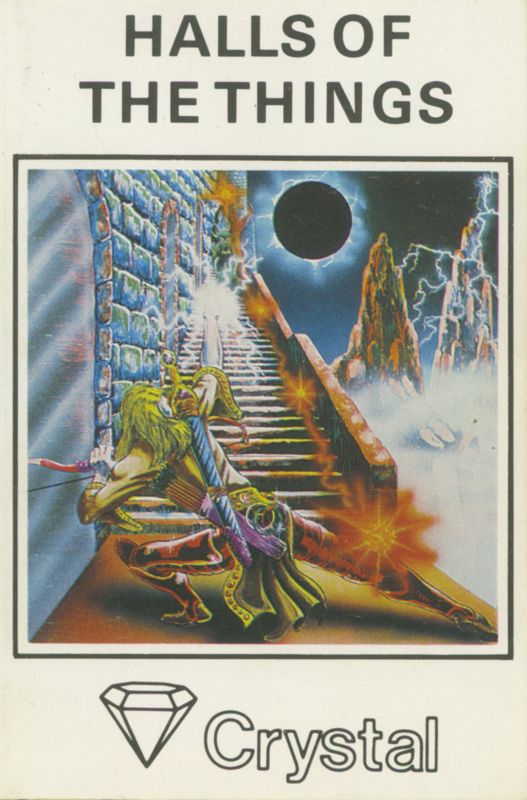
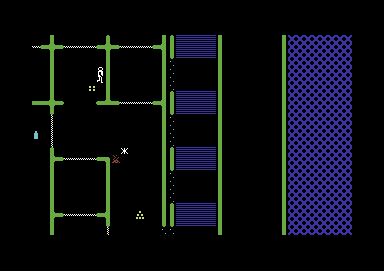
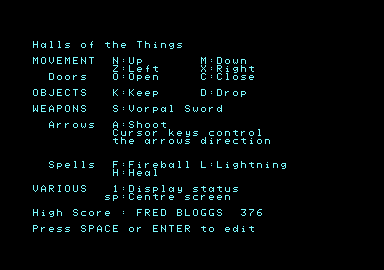
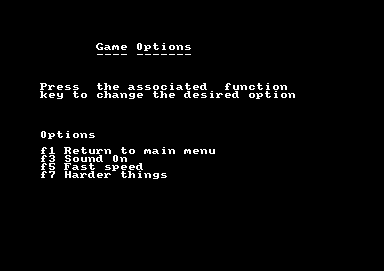
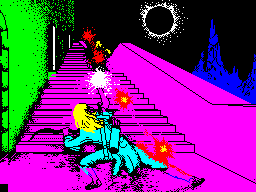
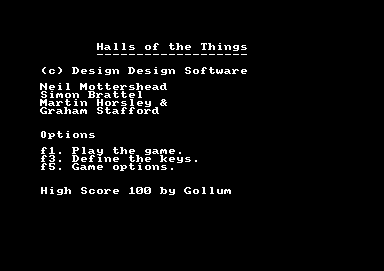


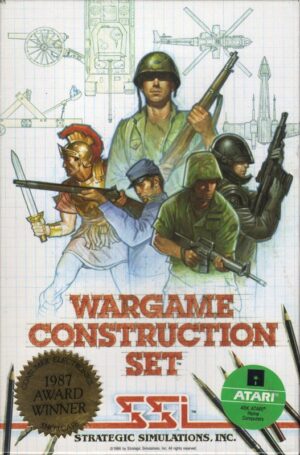
Reviews
There are no reviews yet.